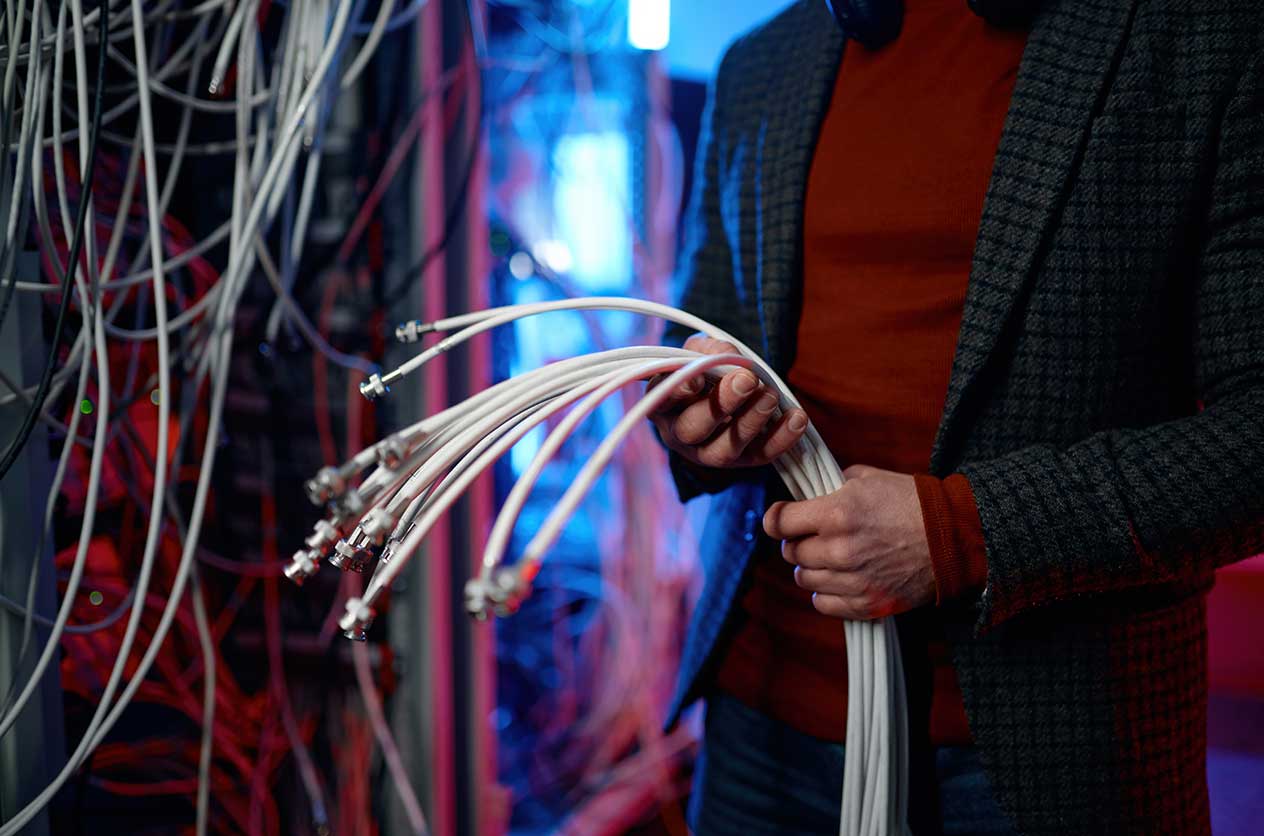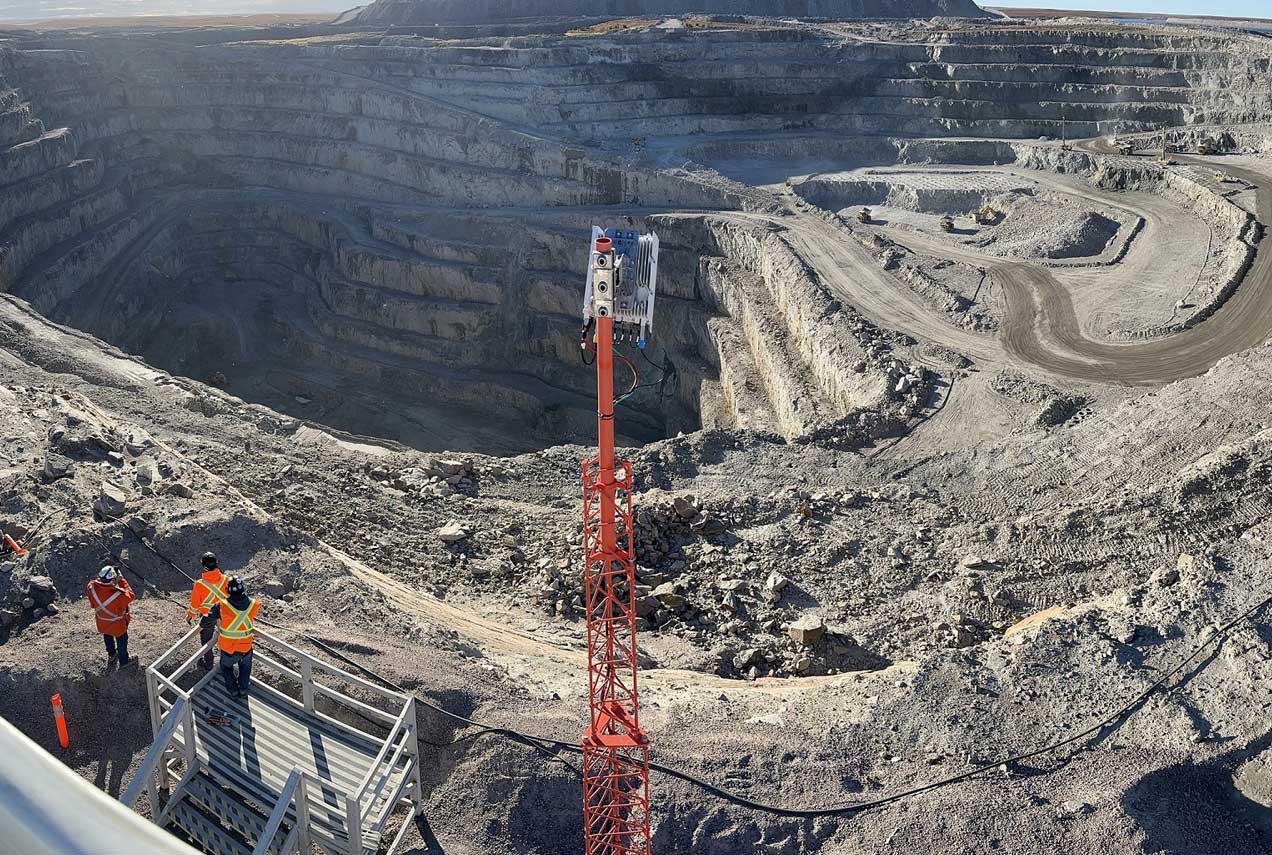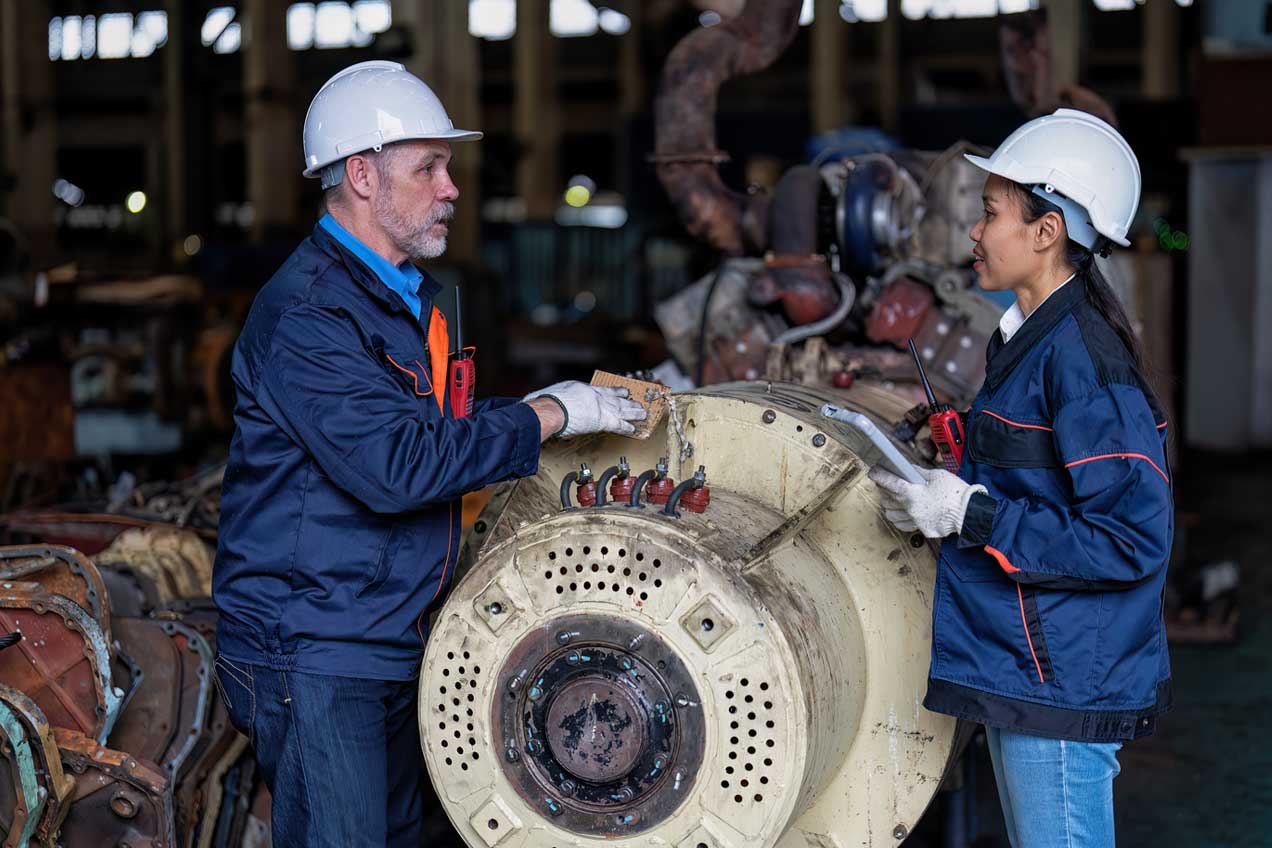Understanding the inherent challenges is crucial for Internet Service Providers (ISPs) considering outsourcing their Fibre-to-the-Room (FTTR) installations. Our extensive experience with various FTTR projects has equipped us with valuable insights and practical knowledge.
This post delves into the challenges faced during FTTR installations and how addressing them effectively leads to flawless network setups.
Most Common Challenges of FTTR Installation
Through our hands-on experience with various FTTR projects for our partners, we’ve learned firsthand about the challenges of these installations. This practical knowledge has been crucial in developing strategies that effectively tackle these issues, leading to flawless installations.
Here are various specific challenges:
Technical Intricacies in Optical Fibre Handling
The handling and splicing of optical fibres are critical areas prone to challenges. FTTR installations demand precision to avoid signal loss due to the fibres’ micro-bending or macro-bending.
Detecting macro-bending in fibre optics might be easy with the naked eye, but micro-bending is trickier. As the term suggests, these small bends are often hidden and easily overlooked, allowing technicians to complete an installation without addressing them. This oversight can result in degrading performance later on, a critical issue that can significantly affect customer trust.
Moreover, splicing requires specialised skills and equipment to ensure optimal signal transmission.
Network Design Decision-Making
Designing a robust FTTR network involves crucial decisions, such as choosing between Point-to-Point and Passive Optical Network architectures, each with distinct cost and performance implications.
- Point-to-Point (P2P): Offers a direct fibre connection to each user, providing high performance but at a higher cost due to more fibre and hardware requirements.
- Passive Optical Network (PON): Uses a single fibre connection split among multiple users, reducing costs but potentially lowering individual performance during peak times.
Degrading Signal Quality
Signal Quality and Bandwidth Management in FTTR installations address two key issues: attenuation and dispersion, which can significantly impact signal integrity.
Attenuation is the reduction in signal strength over the length of the fibre. In FTTR installations, where fibres may run long distances to each room, attenuation can lead to weak signals or data loss, particularly for connections at the end of long fibre runs.
Dispersion causes the light signal to spread over time, potentially leading to signal overlap and interference. There are two main types:
- Chromatic Dispersion: Light colors (wavelengths) travel at slightly different speeds through the fibre, causing signal spreading.
- Modal Dispersion: Relevant in multimode fibres, this results from different paths light can take within the fibre, leading to arrival time differences.
Employing techniques like Wavelength Division Multiplexing (WDM) enhances bandwidth but adds complexity to network planning and execution.
WDM is a technique that increases bandwidth by transmitting multiple light wavelengths (colours) through the same fibre. However, implementing WDM requires careful planning and specialised equipment to manage the various signals effectively, increasing the complexity of the network design and execution.
Integration With Existing Systems
Integrating a fibre-to-the-Room (FTTR) system into existing networks involves ensuring compatibility with the current infrastructure and carefully planning for smooth operation.
The new FTTR system must work well with current routers, switches, and network management systems. This might mean updating older components to match FTTR’s high-speed capabilities.
It’s also essential to ensure the FTTR system fits the existing network protocols, like Ethernet standards or Wi-Fi setups, to avoid slowing down the network.
After integrating the system, thorough testing is essential to ensure it works well with the existing setup and improves performance.
Cost Management
The implementation of Fibre-to-the-Room (FTTR) technology involves managing significant expenses. These costs are not just limited to the materials and technology used but also to human resource expenses, such as salaries, benefits, training, and equipment upkeep for full-time field service technicians.
The complexity of network designs and the need for integration with existing systems can also escalate costs, posing a challenge for ISPs.
Installation Risks And Operational Challenges
The selection of appropriate connectors, enclosures, and the implementation of safety measures, including precautions against Electrostatic Discharge (ESD), are vital for a successful installation.
Regular testing and troubleshooting using sophisticated tools like Optical Time-Domain Reflectometers (OTDRs) are essential to ensure network reliability and performance.
Efficiently managing installation risks is essential for the success of FTTR projects. Key concerns include:
- Unpredictable building layouts and structural challenges that can complicate cable routing and potentially damage infrastructure.
- Environmental factors such as temperature variations and humidity may affect fiber optics’ performance.
- Compliance with building codes and safety regulations to prevent legal issues and ensure the safety of technicians and occupants.
Quality of Service (QoS) Considerations
Finally, ensuring a high Quality of Service requires efficient bandwidth allocation and traffic prioritisation, especially for services that demand high bandwidth and low latency. This entails sophisticated network management to balance various service demands without compromising overall performance.
NTFS’s Solutions to Challenges
As a dedicated outsourcing partner for ISPs, NTFS actively confronts the challenges of Fiber-to-the-Room (FTTR) installations. We have meticulously built solutions and procedures to mitigate risks and overcome obstacles in FTTR projects.
Here are some of those solutions:
Advanced Techniques in Optical Fibre Handling
At NTFS, we have developed a precise approach to handling and splicing optical fibres, which is crucial for maintaining signal integrity.
Our technicians use specialised equipment that can accurately detect and rectify macro and micro-bending, preventing any overlooked flaws that could degrade performance over time. The splicing process, integral to a seamless fibre network, is carried out precisely, ensuring optimal signal transmission at every connection point.
Economic Efficiency through Strategic Outsourcing
We offer a cost-effective alternative to the traditional model of maintaining full-time field service technicians. ISPs can benefit from our specialised expertise, paying only for the required services during project execution. This model is particularly advantageous for large-scale projects, where the efficiency and flexibility of outsourcing prove invaluable.
Additionally, we leverage long-standing partnerships with suppliers to ensure the cost-effective acquisition of high-quality materials. Bulk purchasing strategies enable us to secure optical fibres and other essential components at reduced prices, passing these savings directly to our clients.
Proactive Risk Management Strategies
NTFS employs a strategic approach to mitigate the key risks associated with FTTR installations. Our team conducts thorough pre-installation surveys to anticipate and plan for structural challenges, ensuring minimal impact on the building’s infrastructure and efficient cable routing.
We also rigorously assess environmental conditions, selecting materials and installation techniques that withstand varied climates and conditions, preserving the fiber optics’ integrity and performance.
Recognizing the importance of compliance, NTFS strictly adheres to local building codes and safety regulations, conducting regular training sessions for our technicians to uphold the highest safety standards.
Seamless Integration with Existing Infrastructures
Integrating FTTR systems into existing network infrastructures is a complex process that we navigate with precision. We conduct comprehensive assessments to identify necessary upgrades to current systems, ensuring compatibility with the high-speed capabilities of FTTR.
Our integration process includes extensive testing phases to confirm enhanced performance and seamless operation with existing setups, minimising disruptions and maintaining continuous service quality.
Ensuring Installation and Operational Excellence
At NTFS, our role is pivotal in ensuring the smooth execution of network installations. We ensure the installation teams have what they need when needed, enabling them to work efficiently and effectively. This level of oversight and coordination is crucial for maintaining the integrity and reliability of the network installations.
To complement these efforts, we have integrated a robust system for managing the logistics of hardware and equipment. When ISPs ship essential components such as connectors, enclosures, and other hardware, NTFS assumes the responsibility for their secure storage and organised distribution to installation sites. This logistical precision ensures timely and accurate delivery of equipment, thereby streamlining the installation process and minimising potential delays.
NTFS as Your FTTR Installation Partner
At NTFS, we understand the complexities that FTTR and FTTH installations bring. We’ve honed our skills and strategies to address each challenge precisely and efficiently. From handling the delicate intricacies of optical fiber splicing to seamlessly integrating advanced networks into existing infrastructures, our team has the expertise and technology to ensure flawless execution.
Our dedication goes beyond technical solutions. For ISPs looking to outsource their FTTR or FTTH installations, NTFS offers a partnership that brings value, quality, and reliability. We believe in working closely with our clients, understanding their needs and challenges, and crafting customised solutions that align with their objectives.
Let’s collaborate to build robust, high-performing FTTR networks equipped for today’s demands and future-proofed for tomorrow’s advancements.





